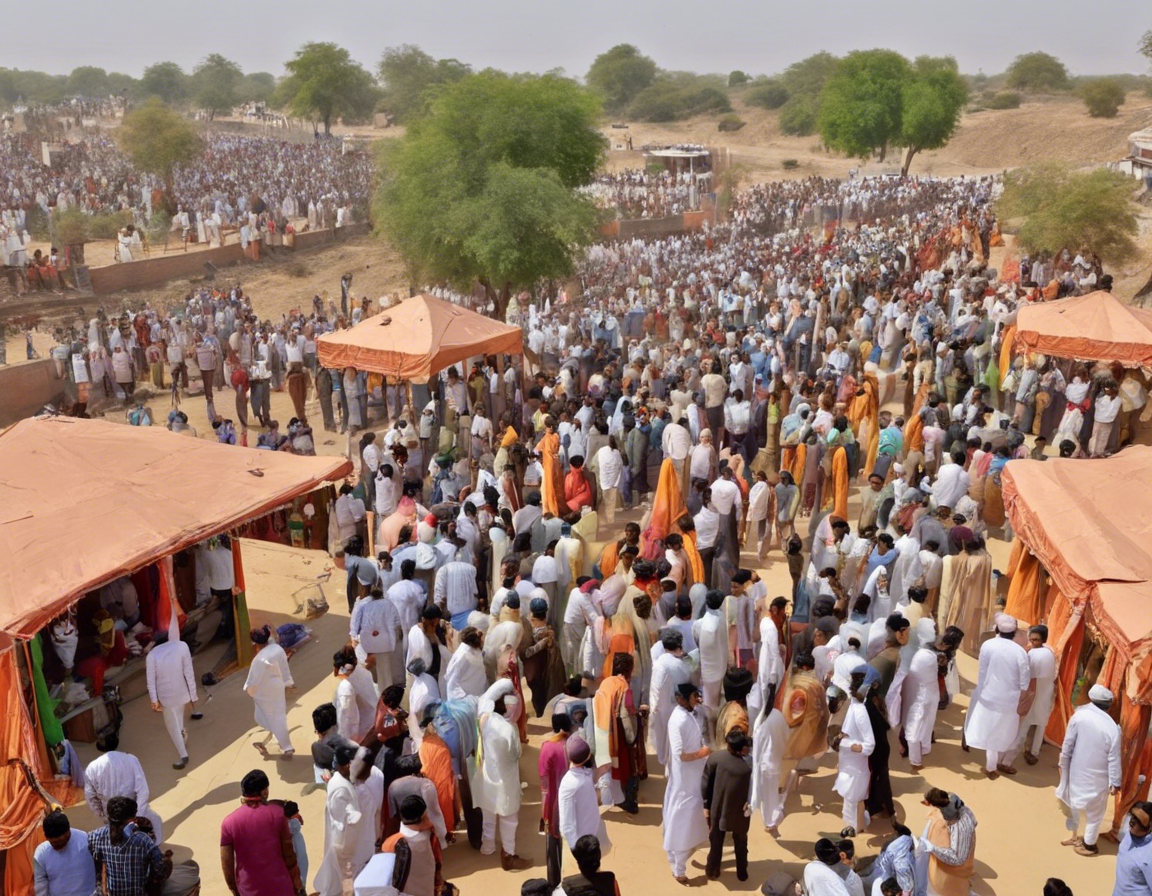Uttar Pradesh, the most populous state in India, is divided into a total of 75 districts (jile) as of April 2021. The state has a rich historical and cultural heritage and is known for its significant contribution to the socio-economic development of the country. In this article, we will delve deeper into the administrative divisions of Uttar Pradesh and explore the key aspects of each district.
The Administrative Divisions of Uttar Pradesh
Uttar Pradesh is divided into numerous administrative divisions for effective governance and easy management of resources. The state is subdivided into districts, which are further divided into tehsils or talukas. These tehsils consist of blocks, which are the primary units of rural administration in the state.
Key Highlights:
- 75 districts: The state is geographically divided into 75 districts, each headed by a District Magistrate who is responsible for the overall administration of the district.
- Divisions: Uttar Pradesh is further divided into 18 divisions, each comprising several districts. Some of the divisions are Agra, Aligarh, Bareilly, and Faizabad.
- Tehsils: Each district is divided into tehsils, which serve as the sub-units of the district administration. Tehsils are headed by Tahsildars.
- Blocks: The tehsils are further divided into blocks, which are the primary units of rural administration. Each block consists of several gram panchayats.
Districts of Uttar Pradesh
Western Uttar Pradesh
- Saharanpur
- Muzaffarnagar
- Meerut
- Bagpat
- Ghaziabad
- Bulandshahr
- Gautam Buddha Nagar (Noida)
- Hapur
- Shamli
- Moradabad
- Sambhal
- Rampur
- Bijnor
- Amroha
Central Uttar Pradesh
- Agra
- Firozabad
- Mainpuri
- Etah
- Kasganj
- Mathura
- Hathras
- Aligarh
- Etawah
- Farrukhabad
- Kannauj
- Auraiya
Eastern Uttar Pradesh
- Gorakhpur
- Deoria
- Kushinagar (Padrauna)
- Maharajganj
- Basti
- Sant Kabir Nagar
- Siddharthnagar
- Balrampur
- Gonda
- Faizabad
- Ambedkar Nagar
Key Features of Uttar Pradesh Districts
- Varanasi: Known for its spiritual significance and ancient temples, Varanasi is one of the oldest inhabited cities in the world. It is a major cultural and educational hub of Uttar Pradesh.
- Lucknow: The capital city of Uttar Pradesh, Lucknow is famous for its Nawabi culture, historical monuments, and traditional cuisine.
- Agra: Home to the iconic Taj Mahal, Agra attracts millions of tourists from around the world. It is a UNESCO World Heritage Site and a symbol of eternal love.
- Kanpur: A major industrial and commercial center, Kanpur is known for its leather and textile industries. It is also referred to as the “Manchester of the East.”
- Allahabad (Prayagraj): Renowned for the Kumbh Mela and the Sangam – the confluence of three sacred rivers, Allahabad holds immense religious significance in Hinduism.
Frequently Asked Questions (FAQs)
- Which is the largest district in Uttar Pradesh?
-
The largest district in Uttar Pradesh in terms of area is Lakhimpur Kheri.
-
How many divisions are there in Uttar Pradesh?
-
Uttar Pradesh is divided into 18 divisions for administrative purposes.
-
Which district is known as the “Sugar Bowl of India”?
-
Muzaffarnagar district in Uttar Pradesh is known as the “Sugar Bowl of India” due to its high sugarcane production.
-
What is the literacy rate of Uttar Pradesh?
-
As per the 2011 census, the literacy rate of Uttar Pradesh is 69.72%.
-
Which district is famous for the brassware industry in Uttar Pradesh?
-
Moradabad district is famous for its brassware industry and is a major exporter of brass handicrafts.
-
How many divisions are there in Eastern Uttar Pradesh?
-
Eastern Uttar Pradesh comprises 5 divisions, namely Basti, Gorakhpur, Azamgarh, Varanasi, and Mirzapur.
-
Which district is known as the “Holy City of India”?
-
Varanasi, also known as Banaras, is referred to as the “Holy City of India” due to its religious significance in Hinduism, Buddhism, and Jainism.
-
What is the geographical area of Uttar Pradesh?
-
Uttar Pradesh covers an area of approximately 243,286 square kilometers, making it the fourth largest state in India by land area.
-
Which district in UP is famous for the Chikankari embroidery work?
-
Lucknow district in Uttar Pradesh is renowned for its exquisite Chikankari embroidery work, which is a traditional handicraft of the region.
-
What are some of the major rivers flowing through Uttar Pradesh?
- Some of the major rivers flowing through Uttar Pradesh include the Ganges, Yamuna, Ghaghara, Gomti, and Ramganga.
Conclusion
Uttar Pradesh’s diverse districts showcase a blend of rich heritage, vibrant culture, and rapid urbanization. From the spiritual aura of Varanasi to the historical significance of Agra, each district has its unique identity and contributes to the overall development of the state. The seamless coexistence of tradition and modernity makes Uttar Pradesh a compelling mosaic of experiences and opportunities.
As the most populous state in India, Uttar Pradesh plays a crucial role in shaping the country’s socio-economic landscape. By harnessing its vast potential and addressing challenges through effective governance, the state can pave the way for inclusive growth and prosperity for its residents.







